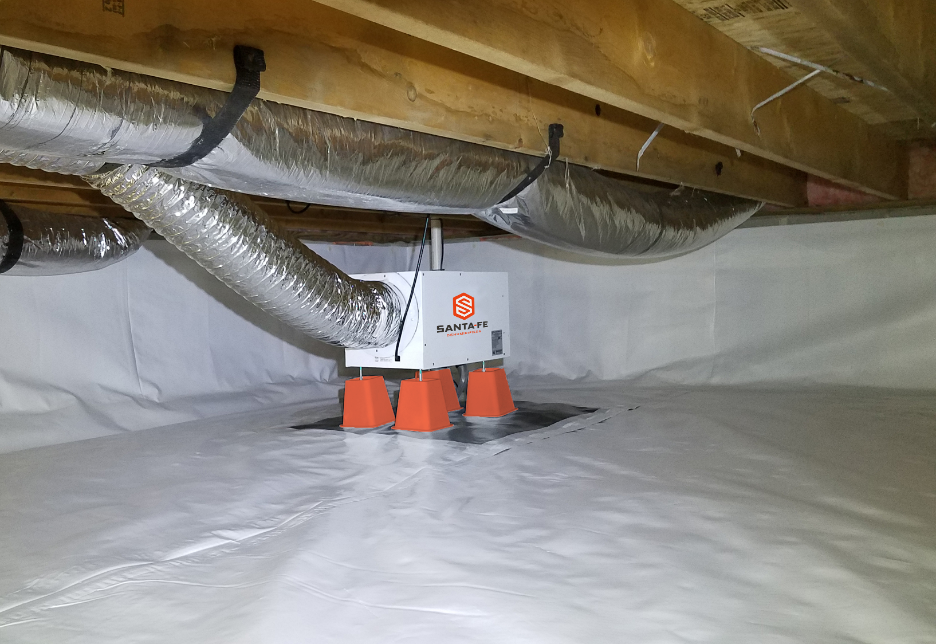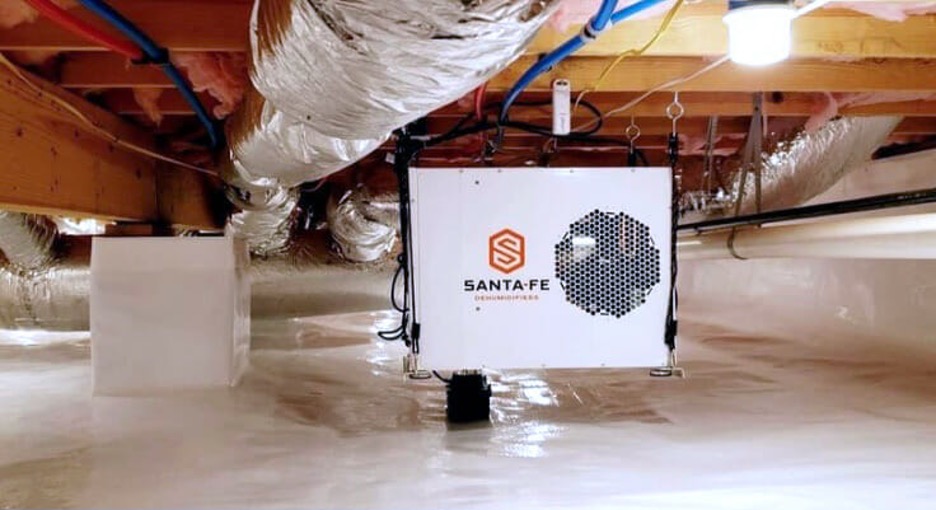More than 70+ million homes in the United States are built on crawl spaces. Houses are built on crawl spaces because it is cheaper than basements or because ground conditions make building a basement impractical. In most climate zones, properly designed, installed, and conditioned closed crawl spaces can work well. You might not offer encapsulation as part of your current business model, but you are most likely often in crawl spaces that have already been closed or encapsulated. You can observe if the best “conditioning” method (a commercial- grade dehumidifier) to control the moisture to a specific relative humidity (RH) setpoint is being used during your visits. If not, you have the opportunity to offer this service and add revenue to your business.
Effective moisture control in a closed crawl space is essential for protecting the home and the homeowners. High humidity levels in a home encourage mold, mildew, odors, unhealthy air quality, damage to the home’s structure, and even pest problems. Common pests such as termites, wood-boring beetles, fleas, mosquitoes, ants, silverfish, spiders, and cockroaches thrive in high humidity.

According to the 2021 International Residential Code addressing Foundations, the following are the options for “conditioning” an unvented crawl space:
R408.3 Unvented crawl space.
2.1. Continuously operated mechanical exhaust ventilation at a rate equal to 1 cubic foot per minute (0.47 L/s) for each 50 square feet (4.7m) of crawl space floor area, including an air pathway to the common area (such as a duct or transfer grille), and perimeter walls insulated in accordance with Section N1102.2.10.1 of this code.
2.2. Conditioned air supply sized to deliver at a rate equal to 1 cubic foot per minute (0.47 L/s) for each 50 square feet (4.7 m2) of under-floor area, including a return air pathway to the common area (such as a duct or transfer grille), and perimeter walls insulated in accordance with Section N1102.2.10.1 of this code.
2.3. Plenum in existing structures complying with Section M1601.5, if under-floor space is used as a plenum.
2.4. Dehumidification sized in accordance with manufacturer’s specifications.
The challenge with all of these options, except for installing a dehumidifier, is that they offer no accurate control of moisture in the crawl space. Only a dehumidifier provides the ability to set the conditions to a specific RH.

Why a Dehumidifier is the Best Option
- Mold due to high relative humidity will not form on materials
- Odor from bacterial activity will be minimized
- Comfort levels in the living space above the crawl space will be maintained
- Finished wood materials in the living space will be more dimensionally stable (hardwood flooring, cabinets, and trim)
- Premature structural damage due to high humidity will be prevented
- Indoor air quality in the living space will not be affected by poor air quality conditions in the crawl space
The only reliable way for managing relative humidity below the recommended 60% year-round in a crawl space is through the use of a dehumidifier specifically designed for the cooler environment.
Benefits of Dehumidification
- Provides a cross-sell service to your customers as well as a recurring revenue opportunity.
- High margin business offering, professionals can expect to make up to a 60% margin on the sale.
- Enhances your company’s image as innovative professionals by providing homeowners with a unique solution to several home and health problems.

